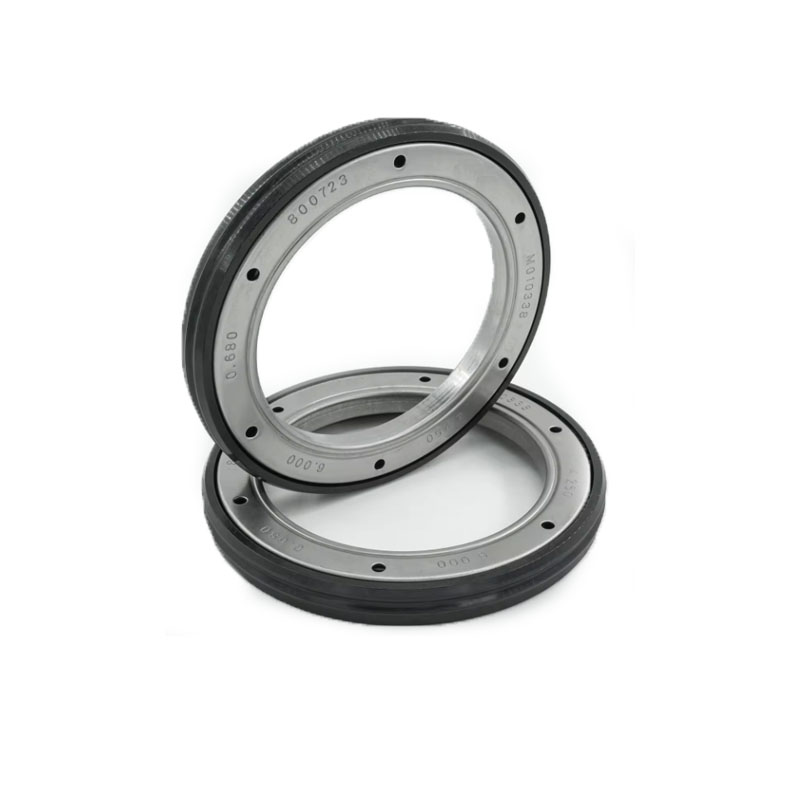rack and pinion seals
Understanding Rack and Pinion Seals Functions, Types, and Applications
Rack and pinion systems are fundamental mechanical components widely used in various applications, primarily in steering mechanisms, industrial machinery, and automation devices. The effectiveness of these systems largely depends on the integrity of the seals used in conjunction with the rack and pinion mechanism. Rack and pinion seals play a critical role in maintaining the performance, durability, and efficiency of these systems.
The Function of Rack and Pinion Seals
The primary purpose of rack and pinion seals is to prevent the ingress of dirt, dust, and contaminants into the system while also retaining lubrication. An effective seal ensures a tight fit between the moving parts, which is essential to avoid wear and prolong the lifespan of the components. Furthermore, seals help to maintain optimal pressure within the system, ensuring smooth operation and response times.
In addition to contamination prevention, rack and pinion seals also play a crucial role in fluid retention. This is particularly important in hydraulic applications where fluids must be contained to ensure proper functioning and efficiency. Any loss of fluid can lead to decreased performance, increased wear, and even system failures, making the role of seals indispensable.
Types of Rack and Pinion Seals
Rack and pinion seals come in various types, each designed for specific applications and conditions. The most common types include
1. Rubber Seals These are often used for their flexibility and ability to conform to the surfaces of the rack and pinion. They provide a good barrier against dust and dirt but may not be suitable for high-pressure applications.
rack and pinion seals

2. Mechanical Seals Typically used in high-pressure and high-temperature environments, these seals provide superior resistance to fluids. They are designed to maintain integrity under demanding conditions, making them ideal for hydraulic systems.
3. Lip Seals With a design that includes a protruding lip, these seals are effective in keeping lubricants within the system and contaminants out. They are commonly used in applications where space is limited or where minimal friction is required.
4. O-Rings Often employed in static sealing applications, O-rings can be used in conjunction with other seals to enhance the sealing capability. They are versatile and can be fitted into various grooves to create a reliable seal against leakage.
Applications of Rack and Pinion Seals
Rack and pinion systems are found in a plethora of applications. In the automotive industry, they are essential components of steering systems, where precision and responsiveness are crucial for vehicle control. In manufacturing, these systems are used in machines that require accurate positioning, such as CNC machines and robotic arms.
Additionally, in the realm of material handling, rack and pinion systems facilitate the movement of goods in warehouses and distribution centers. The reliability of these systems is heavily dependent on the effectiveness of the seals used, underscoring their importance in industrial applications.
Conclusion
In summary, rack and pinion seals are vital components that ensure the functionality and longevity of rack and pinion systems. By preventing contamination and retaining lubrication, these seals help maintain the optimal performance of various applications. As technology evolves, ongoing advancements in seal materials and designs will continue to enhance the efficiency and reliability of rack and pinion mechanisms across diverse industries. Understanding the roles and types of these seals is crucial for engineers and technicians involved in the design and maintenance of mechanical systems.
-
The Ultimate Guide to Building a Car Repair Kit Every Driver Should Own
News May.09,2025
-
The Essential Guide to Oil Filter Gaskets and Housings in Engine Maintenance
News May.09,2025
-
The Complete Guide to Oil Pan Gaskets for Honda B-Series and Automatic Transmissions
News May.09,2025
-
How to Identify and Repair Oil Housing Gasket and Seal Leaks
News May.09,2025
-
Everything You Need to Know About Oil Pan Gaskets and Replacements
News May.09,2025
-
Everything You Need to Know About Changing Oil Filter and Adapter Gaskets
News May.09,2025
-
Understanding Marine Bearings: The Key to Smooth Sailing and Safe Trailering
News May.08,2025
Products categories















